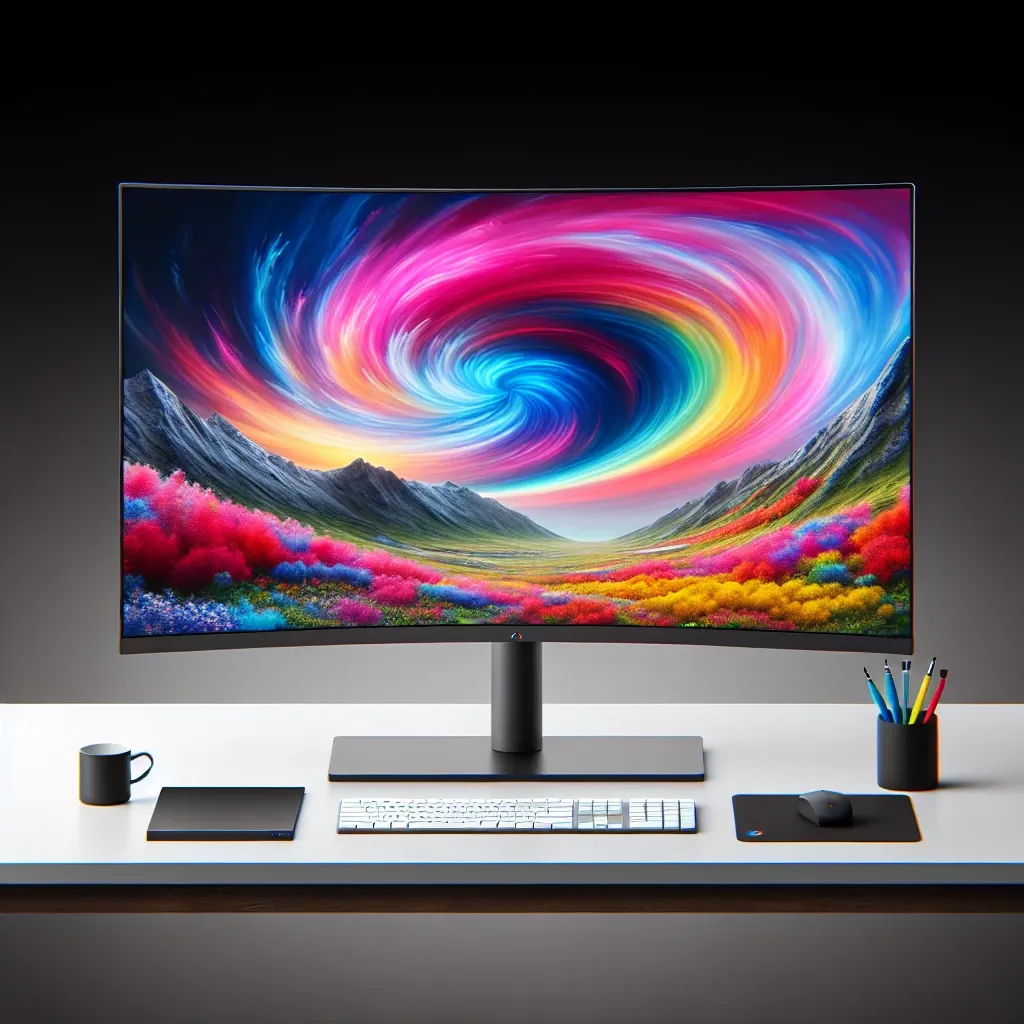Understanding Ultrawide LED Monitors
Ultrawide LED monitors have been gaining popularity swiftly among gamers, professionals, and multimedia enthusiasts. These monitors offer a broader and more immersive viewing experience compared to standard displays. The key distinguishing features of ultrawide LED monitors include their aspect ratio, size, and advanced technology. Let’s delve into these elements to understand what specifically makes them unique.
| Feature | Description |
|---|---|
| Aspect Ratio | Typically 21:9 or 32:9 |
| Screen Sizes | 34 inches to 49 inches and above |
| Resolution | Up to 5120 x 1440 (for 49-inch models) |
| Display Technology | Light Emitting Diode (LED) |
Why Choose an Ultrawide LED Monitor?
Immersive Experience: The extended aspect ratio and larger screen area create a more immersive viewing experience, making it highly suitable for gaming and multimedia consumption. The curvature in some ultrawide monitors further enhances this immersive feel by surrounding the user’s field of view.
Productivity Boost: For professionals, ultrawide LED monitors contribute greatly to productivity by facilitating multitasking. The wider screen space allows multiple applications and documents to be opened simultaneously without the need for multiple monitors, reducing the hassle of constant window switching.
Enhanced Visual Quality: With advanced LED technology, these monitors deliver superior brightness, contrast, and color accuracy. High resolutions, such as 3440×1440 or even 5120×1440 on certain models, ensure crystal clear image clarity, making them ideal for photo and video editing tasks.
Gaming on Ultrawide LED Monitors
Gaming is one of the primary areas where ultrawide LED monitors shine. The broader field of view offers a tactical advantage in many games, allowing gamers to see more of the virtual world around them. Many modern games support the 21:9 aspect ratio out-of-the-box, enhancing the gaming experience.
High refresh rates of 100Hz or above in certain ultrawide models provide smoother visuals and reduced motion blur, essential for fast-paced gaming. Several ultrawide monitors also feature adaptive sync technologies such as AMD FreeSync or NVIDIA G-Sync, which help to eliminate screen tearing and provide a fluid gaming experience.
Professional Use of Ultrawide LED Monitors
Professionals, especially those in creative fields, stand to gain a lot from ultrawide LED monitors. Photo editors can benefit from the wider color gamuts and higher color accuracy offered by these displays. Graphic designers can have their tools and canvases side-by-side without feeling cramped.
Financial analysts and data scientists can have multiple spreadsheets, charts, and applications open simultaneously, making it easier to manage large datasets. Ultra-thin bezels and sleek designs also make these monitors aesthetically pleasing in modern office environments.
Applications in Software Development
Software developers often require multiple code editors, browsers, and terminal windows open simultaneously. An ultrawide monitor allows developers to maintain their workflow without the interruption of switching between screens. The additional screen real estate is invaluable when debugging complex applications or working with extensive codebases.
Video Editing and Content Creation
Video editors and content creators can benefit immensely from the panoramic view, which allows for easier timeline management and enhances the precision of frame-by-frame editing. These professionals also benefit from higher resolutions and color accuracy, which are crucial for delivering high-quality content.
Conclusion
In summary, ultrawide LED monitors represent a significant leap over traditional displays in terms of versatility, performance, and user experience. Whether you are a gamer seeking a competitive edge, a professional looking to boost productivity, or a creative trying to perfect your craft, ultrawide monitors can meet your needs. Their advanced technology and expansive screen real estate make them a compelling option in today’s digital age.

